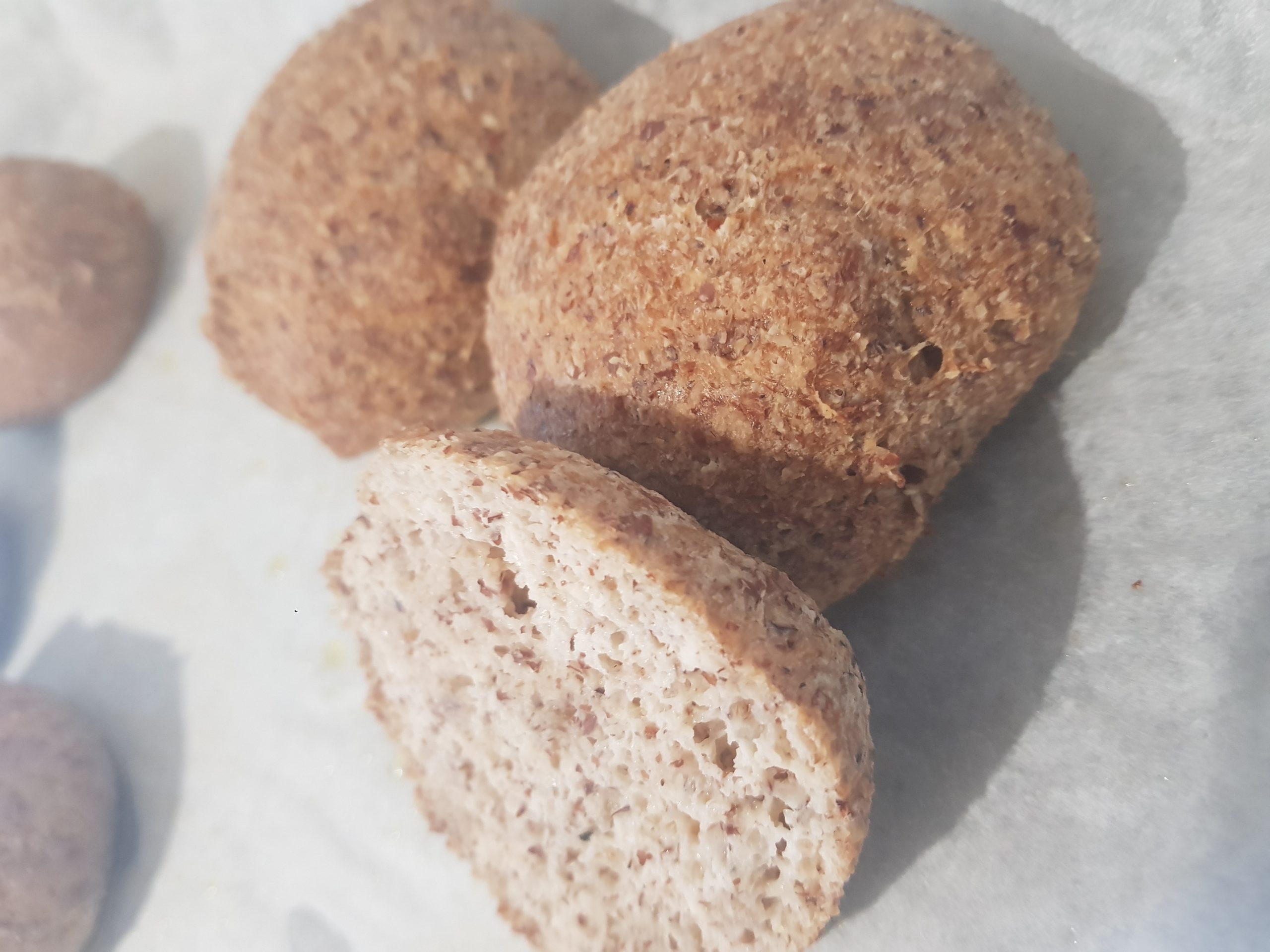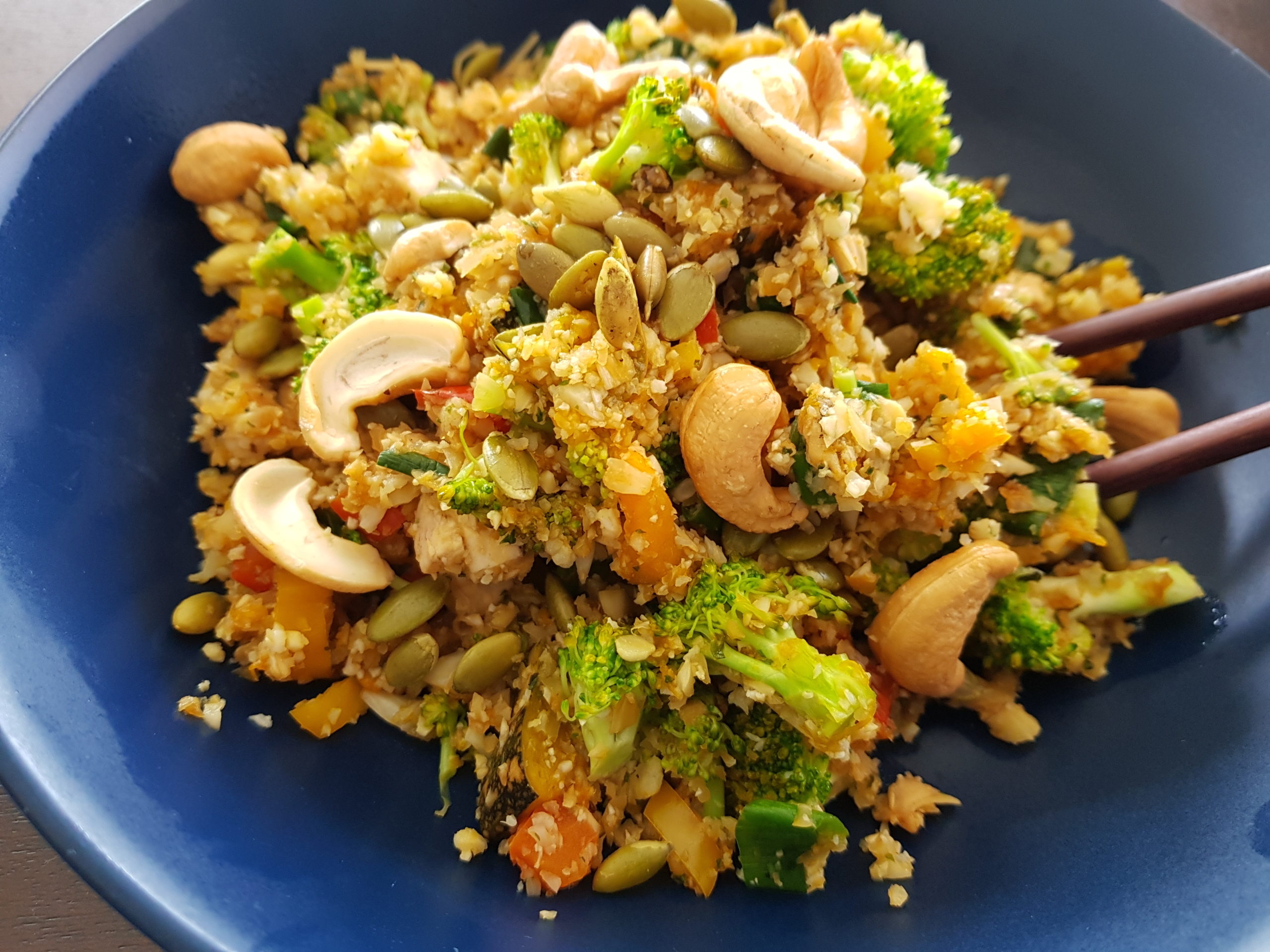The keto craze has well and truly kicked off and to those of you who are just starting up on their merry way, here is a recipe that will help you cut carbs without even knowing it! Bread lovers behold the ‘Keto Bread Rolls’.
The Keto Bread Roll Recipe
Ingredients
Dry Ingredients
- 5 tbsp. psyllium husk
- 1 1/4 cups almond meal/flour
- 1 tsp Celtic/Himalayan/Sea salt
- 2 tsp baking powder
- optional 2 tbsp. sesame seeds (I let these out in this instance)
Wet Ingredients
- 2 tsp apple cider vinegar
- 3 egg whites (you can make flax eggs if you can not eat eggs)
- 1 cup water, boiled
Method
Preheat your oven to 175C fan forced.
Mix dry ingredients together in a bowl.
Add all wet ingredients (boiling water, vinegar and egg whites) to dry ingredients.
Using a hand mixer, beat ingredients for 30 seconds (be sure not to overbeat).
Pre-grease a baking tray lined with baking paper.
With moist hands pull out six pieces of dough and lay them side by side with enough space to expand slightly on the tray.
Place in the oven on the lower shelf for approximately 50-60 minutes or until a tap on the bottom of the rolls produce a hollow sound.
Enjoy fresh or store airtight.




 psicum, mushrooms into a wok with 2 tbsp
psicum, mushrooms into a wok with 2 tbsp 